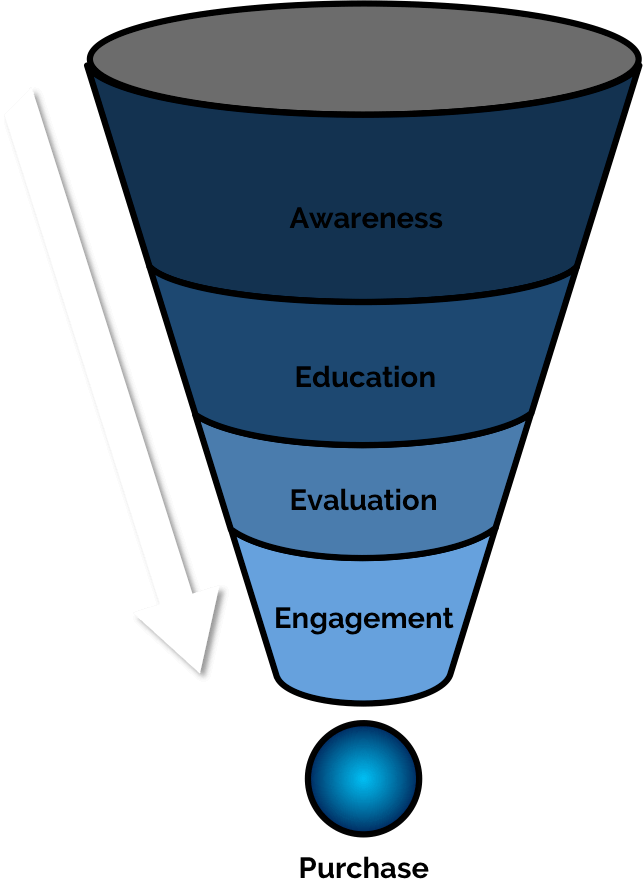
August 17th, 2017
Understanding your ideal customer is crucial to crafting the right messaging and content in your everyday marketing and branding efforts. The better you can understand your ideal customer, the better you can resonate with them in your marketing and sales processes.
This is why marketers develop buyer personas to map out their buyer's journey. Creating these buyer personas help businesses understand who they're trying to attract and, as a result, how to relate to them on a human level.
If you're lost already, let's take a step back and begin with some easy to understand definitions.
Definitions
Buyer Persona - a fictional representation of the kind of customer your business wants to attract. A persona is typically based on observing existing customers, understanding how they arrived at their decision to make their purchase and often includes their needs, goals, and behaviors.
Buyer's journey - a framework that outlines each step of the process a buyer goes through leading up to, and ultimately resulting in a purchase. The buyer's progression includes what the customer sees in their decision-making process - from awareness to research to their decision to purchase.
Developing Buyer Personas
Why?
Buyer personas are incredibly useful for you to understand:
- What kind of sales, marketing, and branding content to develop
- The voice your business should take on in promotions and communications
- Where and how to place your messaging and advertising
- Where energies should be focused to most effectively grow your business
What to include in a persona?
To effectively understand the "why's" laid out above, you'll want to try to include as many of the following common components:
- Demographic information (age, income, location)
- Background (job, career, family)
- Primary responsibilities
- Pain points
- Primary reasons to make a purchase
- Where they go to find information
- What their preferred content format is (social media, blogs, videos, e-books)
- What their role is in making a purchase (influencer, purchaser, final decision maker)
You should really only need to create three to five different buyer personas. The goal is to have enough buyer persona variety to speak to the majority of your customers without overwhelming your business and team with information and cost challenges. Additionally, if some of the persona components are laid out above seem unachievable for your particular business, rest assured that these are suggested components. Not all of them are needed or required to create an effective buyers journey for your business.
Where to find persona data?
- Ask your audience - create a poll, interview, questionnaire, or survey to gather this valuable information right from the source.
- Google Analytics data - If you haven't already, consider signing-up for a free Google Analytics account. Google analytics tracks traffic that comes to your website and provides robust reporting about your website traffic.
- Take to social - Try to find relevant conversations happening on your social network feeds to understand what is being said, who's saying it, and more. You can ask direct questions to a relevant online group to gain more direct understanding into your ideal customer.
- Ask your team - If you have a sales, support, and other staff who work with prospects and customers regularly, chances are that they have a good understanding of who the "right" prospects and customers are for your business.
Customer Journey
Understanding the journey's your leads go through to eventually become a customer can be broken down into three primary types of people in your sales process:

1.Leads:
One who becomes aware of your business or someone you decide to pursue for a sale, even if they don’t know about you yet.
2.Prospects:
Someone who has had some kind of contact with your business and are still interested. All prospects are leads, but not all leads are prospects.
3.Customers:
People who have made a purchase!
To understand more about the sales process, download our PowerPoint "How to Be Successful in Prospecting & Sales."
Once you have your buyer personas created, apply them to, and tweak your sales process based on your findings. Remember to keep your messaging and content consistent to your various buyer personas. Don't forget that just as your strategies may change, that your buyers too may change over time. Make sure to schedule times to check back on your buyer personas to ensure that they will serve your business effectively.
